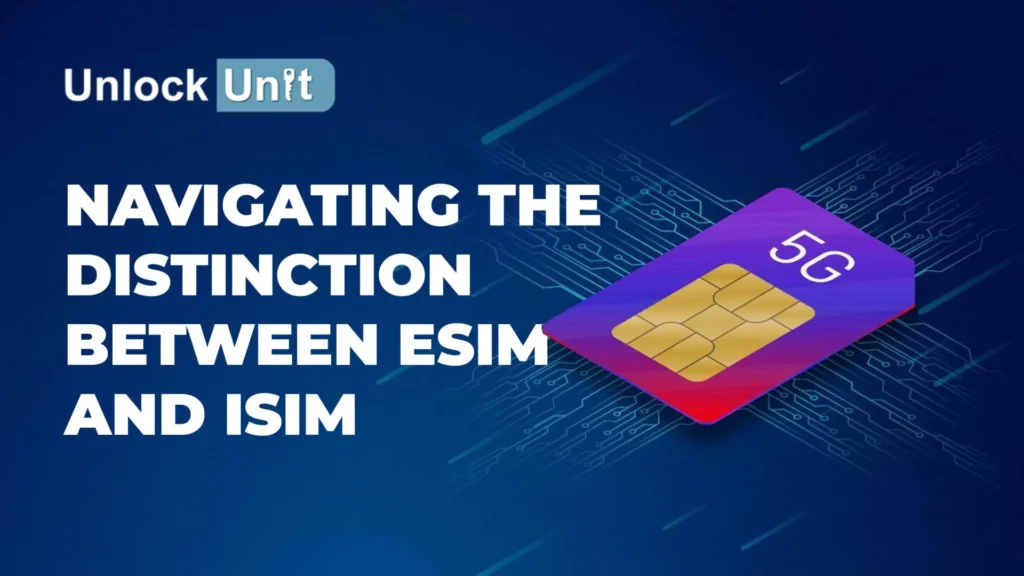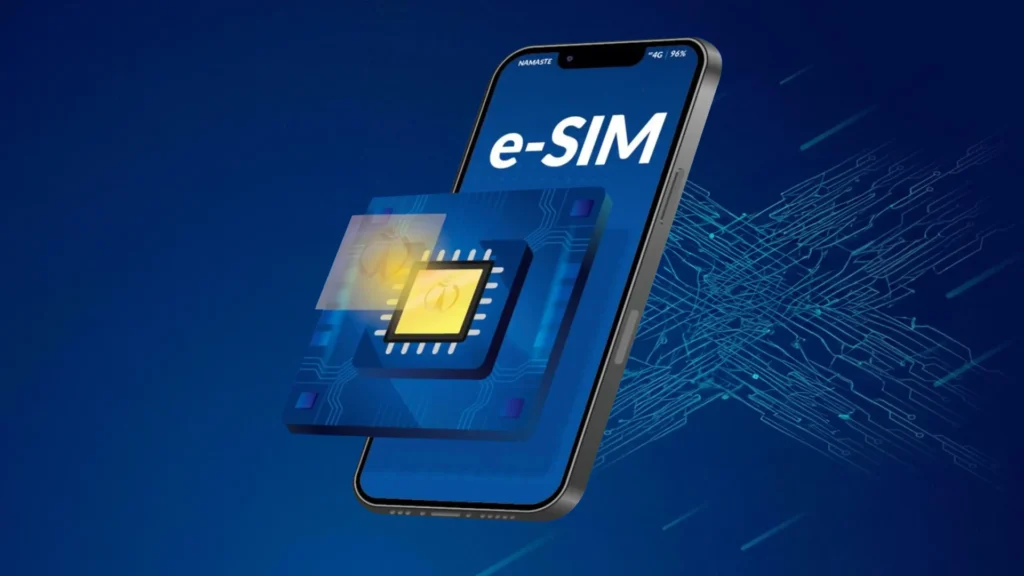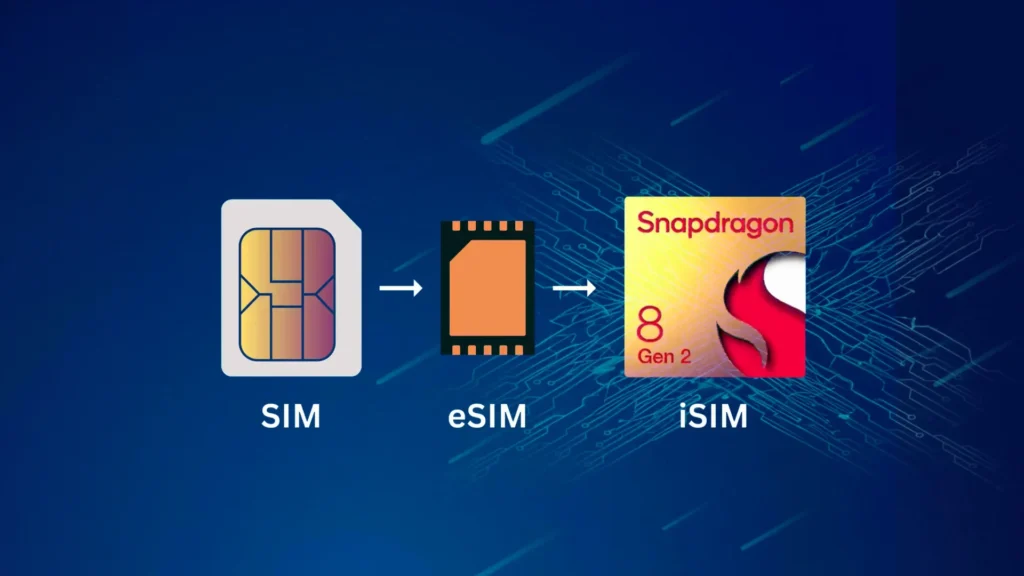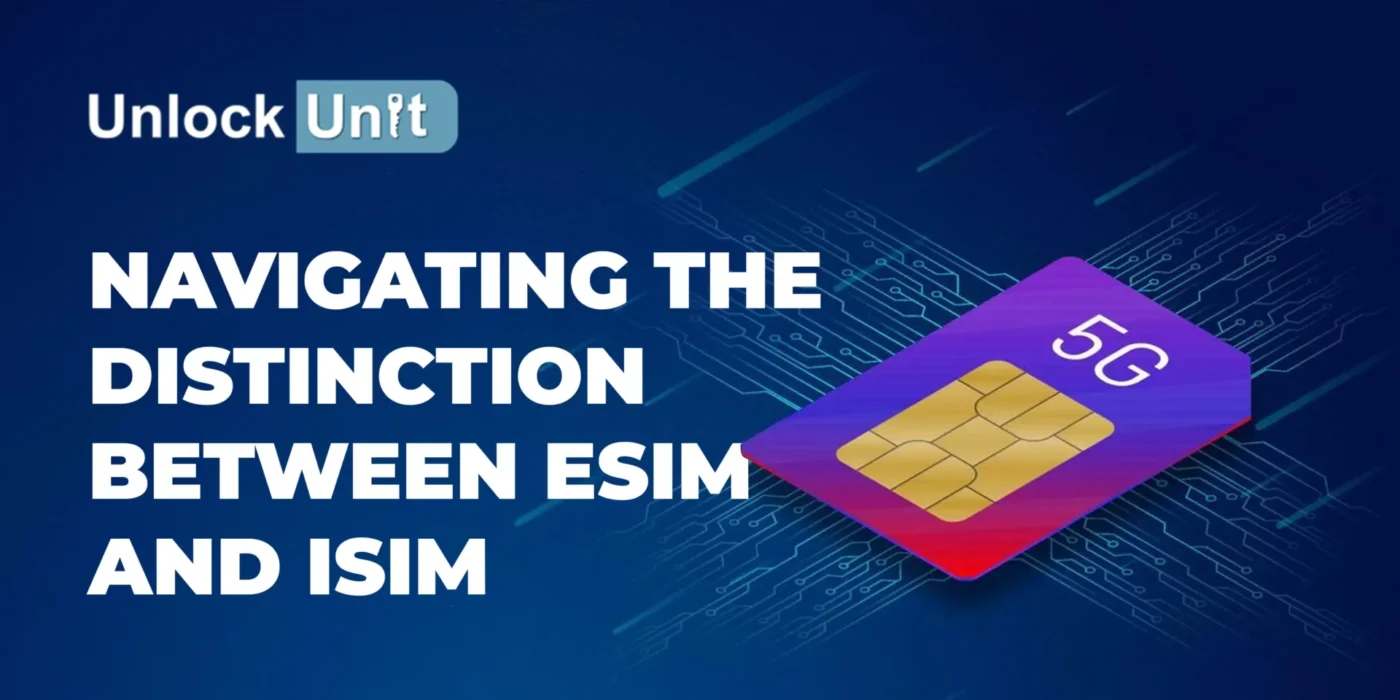
The terms eSIM and iSIM frequently crop up in discussions about modern phones and devices, leaving many wondering about the nuances that set them apart. So, let’s delve into the question: What exactly distinguishes eSIM from iSIM?
Difference between esim and isim
Understanding eSIM
eSIM, or “Embedded SIM,” is seamlessly integrated into your phone, eliminating the need for physical cards. This built-in feature comes with several highlights:
- Built-in Convenience: No more dealing with cumbersome physical cards.
- Remote Switching: Effortlessly switch services online without the need for a new card.
- Multiple Plans: Store various subscriptions or phone numbers on a single device, ideal for travel or business.

eSIMs are incredibly compact, three times smaller than Nano-SIMs, freeing up space for enhanced phone features. They provide the flexibility to use both eSIM and a regular SIM card, beneficial for managing work and personal numbers on one device. Setting up an eSIM varies by carrier, so follow their specific instructions.
However, not all phones support eSIMs. While most high-end phones, including many Androids and all new iPhones, do, it’s crucial to check your phone’s compatibility before opting for an eSIM, especially if you’re on a prepaid plan with a smaller carrier lacking eSIM support.
Understanding iSIM
iSIM, or “Integrated SIM,” takes the concept of eSIM a step further by being integrated into the phone’s primary computer chip, eliminating the need for a dedicated slot. Key highlights include:
- Compact Design: Takes up minimal space on your phone.
- Cost-Efficient: Lower costs due to fewer individual parts.
- Enhanced Security: Built-in security measures make it ideal for smart homes and connected devices.

Developed by ARM, iSIM is designed for smart gadgets around your home. Despite similarities to eSIMs, iSIMs offer enhanced safety, energy efficiency, and compatibility with more networks.
Key Differences between eSIM and iSIM
Size and Cost: eSIMs, already integrated into devices, save space. iSIMs, integrated into the main chip, offer the ultimate space and cost savings.
Flexibility: While eSIMs widely enable remote carrier switching, iSIMs, though less common, offer similar flexibility.
Security: eSIMs provide robust security by being built into the device, but iSIMs, integrated into the main chip, elevate security to the highest level.
Difference between eSim and iSim: Conclusion
eSIM and iSIM are contemporary methods of connecting devices without physical cards. eSIM, with its widespread usage, provides greater flexibility. In contrast, iSIM emerges as a secure and cost-effective choice, particularly for connected devices in homes or businesses.
Understanding the distinctions between eSIM and iSIM empowers you to make informed decisions when acquiring your next phone or connected device.

